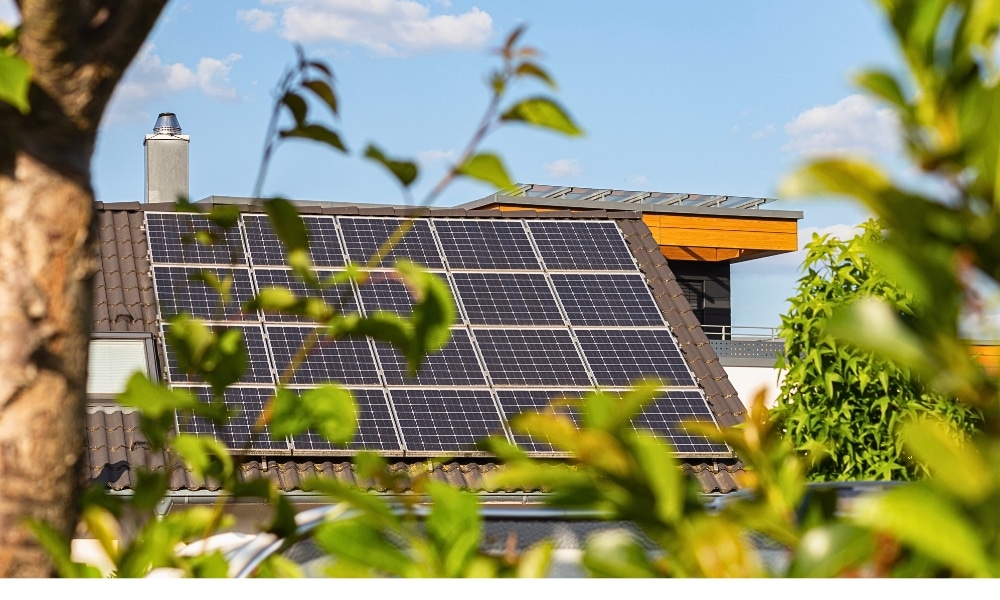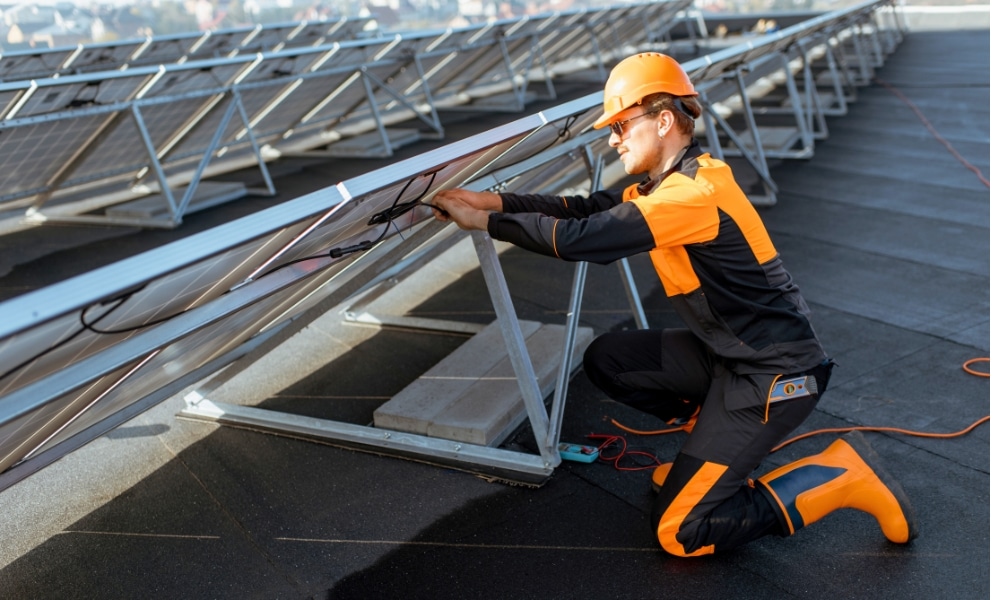Many Aussies think that “shade” may reduce the efficiency of their solar panels. How true is this?

Can solar panels still work in the shade?
Unbeknownst to some, yes, solar panels can still work in the shade, but the output will be reduced due to low sunlight exposure. However, the amount of energy generated will still vary depending on how much shade there is. A general rule of thumb is that solar panels should produce about half as much energy as they would in direct sunlight.
Therefore, solar panels can work even without direct sunlight, but you can make the best out of them when they are placed under sunlight with no shade.
Remember that solar panels need 1000 W/m2 of sunlight to reach their peak output, which can only be achieved via direct sunlight.
Several factors can influence solar panel efficiency in shade
In addition, there are several shading factors that impact solar panel efficiency. One is the amount of time the solar panels are under shade. The amount of shade and sunlight varies daily because the sun’s rays change path throughout the day.
Another factor is the technology used for solar panels. The newer models feature half-cut PhotoVoltaic (PV) cell technology that can reduce the impact of partial shade. However, this doesn’t apply to standard solar panels.
Finally, the inverter plays a role in this as well. For homeowners and business owners with MLPEs-microinverters or DC power optimisers, shade on a single panel will not affect other panels and may only cause a small drop in the amount of energy generated. On the other hand, a central string inverter is trickier, as shade on a single panel will have a significant impact on the whole solar array.
Where the shade comes from
To ensure your solar panels maintain excellent efficiency, you need to be mindful of where the shade comes from.
The most obvious cause of shade on solar panels is trees, as most homes in Australia are in green spaces with constant growth of trees and foliage. Next are other panels that can cast shadows over lower panels. However, this often happens with ground-mount solar systems.
Existing features mounted on your roof may also cast shade, such as a roof mounted air conditioner, exhaust vents, and satellite dishes.
And finally, the roof can also shade the panels depending on the angle of the sun and the time of day.
Solar panels in low sunlight
While solar panels are designed to work optimally in full sunlight, they can still generate electricity in low-light conditions. However, the efficiency will be lower compared to sunny conditions. The amount of electricity produced will depend on the intensity and duration of the low-light period.
Solar for cloudy climates
Australia experiences varying weather conditions, including cloudy periods. While solar panels may not be as efficient in cloudy climates as in sunny regions, they can still provide a valuable renewable energy source. Modern solar panels are designed to be more tolerant of low-light conditions, allowing them to capture energy even on overcast days.
Solar panel efficiency in shade
The efficiency of solar panels in the shade can vary depending on several factors:
- Type of shade: The type of shade can significantly impact solar panel performance. Dense shade from trees or buildings will have a more substantial effect than light shade from passing clouds.
- Duration of shade: The length of time a solar panel is shaded will affect the overall energy loss. Short periods of shade may have a minimal impact, while prolonged shade can significantly reduce electricity production.
- Orientation of the solar panel: The orientation of the solar panel can influence its exposure to shade. Panels facing south or west are generally less likely to be shaded than those facing east or north.
- Solar panel inverter: The type of solar panel inverter can also help mitigate the effects of shade. Some inverters have advanced features that can help optimise energy production in low-light conditions.

Solar batteries come into the picture
This is the reason solar batteries are even more encouraged today. With a solar battery, homeowners and business owners can store excess energy collected by solar panels on sunny days. The stored energy can be used on overcast days, during blackouts or throughout the night.
Ready to upgrade your solar systems and take your energy savings to the next level? Embrace the energy efficiency revolution by upgrading your solar systems and adding a battery or solar inverters with Energy Matters.
Let us discuss and choose the best quote that suits your needs and budget, and we can connect you with our trusted local installers, who will provide up to 3 FREE quotes for your business solar and home battery system.
Strategies for optimising solar panel efficiency in shade
The thing about solar batteries is not everyone can afford them. Hence, many people are still on the fence about getting one despite the rebates and incentives implemented by several states in the country. Fortunately, there are other ways to reduce shading, such as:
- Trim down or remove trees: As mentioned, trees can cause shade, and the best way to deal with them is by trimming them down or totally removing them on the property. Also, on that note, you need to be mindful of the size of trees you plant around the property when you want to install rooftop solar panels. An average solar system can last over 20 years, which means your roof shouldn’t cause any problems by then.
- Use a bypass diode for a string inverter: A bypass diode can mitigate the effect of shade on one PV cell. It will allow the current produced by other cells to bypass the shaded string to ensure the solar system will generate enough energy to power your home.
- Replace your inverter: MPPT inverters can extract more energy from your solar panels when exposed to partial shading and cloudy days.
- Get better-quality panels: Buying better-quality solar panels will improve your solar system’s efficiency. At the same time, it will reduce the shading impact.
- Consider a hybrid solar system: A hybrid solar system combines solar power with a battery storage system. This allows you to store excess energy generated during sunny periods for use during cloudy periods or at night.
- Regularly clean your solar panels: Keeping your solar panels clean is essential for maintaining their efficiency. Dirt, dust, and other debris can reduce the amount of sunlight that reaches the panels.
The most important thing you can do, to ensure that you have the best designed system to reduce the impact of shade, is to choose a solar installer that can do the hard yards for you. Your solar installer will use satellite imagery to identify times and sources of shading throughout the day and year.
Complete our quick Solar Quote Quiz to receive up to 3 FREE quotes from trusted local installers – it’ll only take you a few minutes and is completely obligation-free.







































